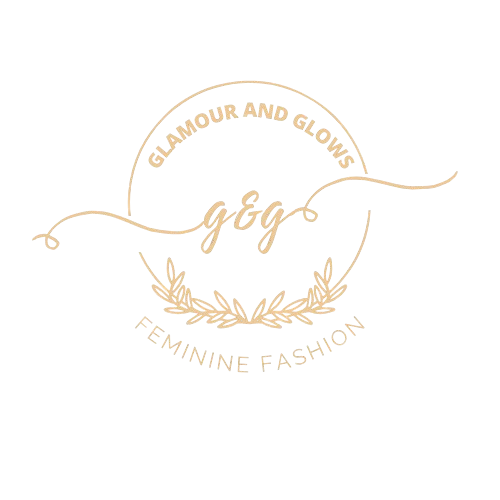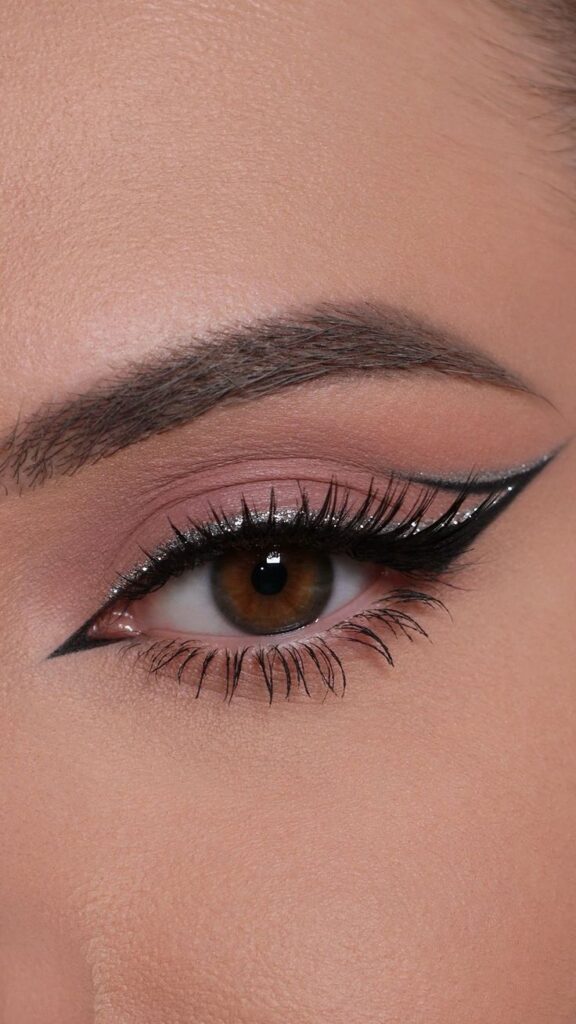The world of beauty is filled with an endless stream of advice, but not all of it holds true. While some tips stand the test of time, many myths have persisted despite being debunked by science. Here, we’ll bust some of the most popular beauty myths to help you achieve healthier skin and a more effective beauty routine.
1. Myth: Toothpaste Clears Up Pimples
One of the most common beauty myths is that applying toothpaste on pimples can dry them out and make them disappear overnight. While toothpaste may have some drying effect due to ingredients like baking soda and hydrogen peroxide, it can be harsh on the skin. Toothpaste is not formulated for facial skin and can cause irritation, redness, and even exacerbate acne.
Truth: Instead, look for spot treatments with benzoyl peroxide or salicylic acid, which are designed specifically for acne treatment. These ingredients are scientifically proven to fight acne without the harsh side effects toothpaste can cause.
2. Myth: You Don’t Need Sunscreen on Cloudy Days
Many people skip sunscreen when it’s cloudy or cold, thinking that UV rays aren’t strong enough to damage their skin. However, up to 80% of the sun’s UV rays can penetrate clouds and reach your skin, which means you’re still at risk of sun damage, premature aging, and skin cancer.
Truth: Apply broad-spectrum sunscreen with at least SPF 30 every day, rain or shine. Reapply every two hours, especially if you’re outside for prolonged periods. Make sunscreen a daily habit to protect your skin, no matter the weather.
3. Myth: Expensive Products Are Always Better
The beauty industry often markets luxury skincare and makeup as more effective simply because they cost more. While luxury products may contain high-quality ingredients and provide a pleasant experience, price isn’t necessarily an indicator of effectiveness.
Truth: Many affordable products contain the same active ingredients as their high-end counterparts. It’s more important to understand your skin’s needs and look for products with proven ingredients, such as hyaluronic acid for hydration or vitamin C for brightening, than to base choices on price.

4. Myth: Oily Skin Doesn’t Need Moisturizer
People with oily skin often avoid moisturizer, believing it will make their skin even greasier. However, skipping moisturizer can make things worse. When your skin lacks moisture, it may produce even more oil to compensate, leading to breakouts and shinier skin.
Truth: Choose a lightweight, oil-free moisturizer if you have oily skin. Products labeled “non-comedogenic” or “water-based” can provide the hydration your skin needs without clogging pores or adding excess shine.
5. Myth: Drinking More Water Alone Will Clear Up Your Skin
Hydration is essential for overall health, and drinking water does help to keep your skin hydrated. However, simply drinking more water won’t directly result in clear skin if you’re dealing with issues like acne, rosacea, or hyperpigmentation.
Truth: While water supports your skin’s barrier, a balanced skincare routine tailored to your skin type is essential for addressing specific concerns. A good mix of products, like cleansers, exfoliants, and targeted treatments, is typically required for clearer skin.
6. Myth: Pores Can Open and Close
Many people believe that pores can “open” with warm water or steam and “close” with cold water. However, pores lack muscles, so they don’t physically open or close. What warm water and steam actually do is soften the skin, helping to loosen dirt, oils, and other debris from your pores.
Truth: Cold water won’t close your pores, but it can help reduce inflammation and redness. Proper cleansing, gentle exfoliation, and avoiding pore-clogging products are better for minimizing the appearance of pores.
7. Myth: Natural Ingredients Are Always Better
Natural ingredients like coconut oil, honey, and aloe vera have gained popularity for their gentle and nourishing properties. However, just because an ingredient is natural doesn’t necessarily mean it’s safe or effective for everyone. Many people have sensitivities or allergies to natural ingredients, and some can even clog pores.
Truth: Synthetic ingredients are often included in products to stabilize natural compounds and enhance their effectiveness. Patch test products, whether natural or synthetic, to ensure they suit your skin. What matters most is the ingredient’s function and how it interacts with your skin type.
8. Myth: Makeup Causes Acne
Many people assume that wearing makeup, especially foundation, can cause acne by clogging pores. While certain ingredients in makeup can be comedogenic (pore-clogging), acne is more often caused by factors like hormones, bacteria, and excess oil production.
Truth: Look for makeup labeled as “non-comedogenic” if you’re prone to breakouts, and make sure to remove makeup thoroughly at the end of the day. Properly cleansing your face to remove all traces of makeup can help prevent breakouts.

9. Myth: Anti-Aging Products Are Only for Older Skin
There’s a misconception that anti-aging products should only be used after you start seeing wrinkles or fine lines. In reality, starting an anti-aging routine in your 20s or early 30s can help prevent premature signs of aging, like loss of elasticity and uneven skin tone.
Truth: Incorporating ingredients like antioxidants, sunscreen, and retinoids early can help maintain a youthful appearance and improve skin’s resilience over time. Prevention is key, so don’t wait for wrinkles to appear before starting a solid skincare routine.
10. Myth: Shaving Will Make Hair Grow Back Thicker
Shaving body hair doesn’t change the thickness, color, or growth rate of hair. When you shave, the hair is cut at the surface, leaving a blunt edge that can feel coarse as it grows back. This blunt tip may create the illusion of thicker hair, but it’s just an effect of the hair growth cycle.
Truth: Hair thickness is determined by genetics and hormones. Shaving won’t make your hair grow back thicker or darker, so you can confidently shave without worrying about changing your hair’s natural properties.
11. Myth: Frequent Exfoliation Is the Key to Glowing Skin
Exfoliation can make skin look brighter and feel smoother, but overdoing it can lead to redness, dryness, and even damage to your skin’s protective barrier. Using harsh exfoliants too frequently strips the skin, making it vulnerable to irritation and breakouts.
Truth: Exfoliate no more than two to three times a week with a gentle exfoliant suited to your skin type. Look for chemical exfoliants like AHAs (alpha hydroxy acids) and BHAs (beta hydroxy acids), which can be gentler than physical scrubs.
Final Thoughts
By understanding the science behind these beauty myths, you can avoid common pitfalls and make more informed decisions about your skincare and beauty routine. Adopting evidence-based practices, like daily sunscreen use, choosing non-comedogenic makeup, and using products suited to your skin type, will contribute to healthier, more radiant skin.
Remember, beauty isn’t one-size-fits-all, so choose what works best for you and enjoy a routine that supports your unique needs!

